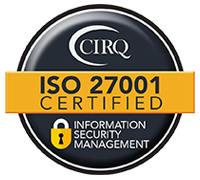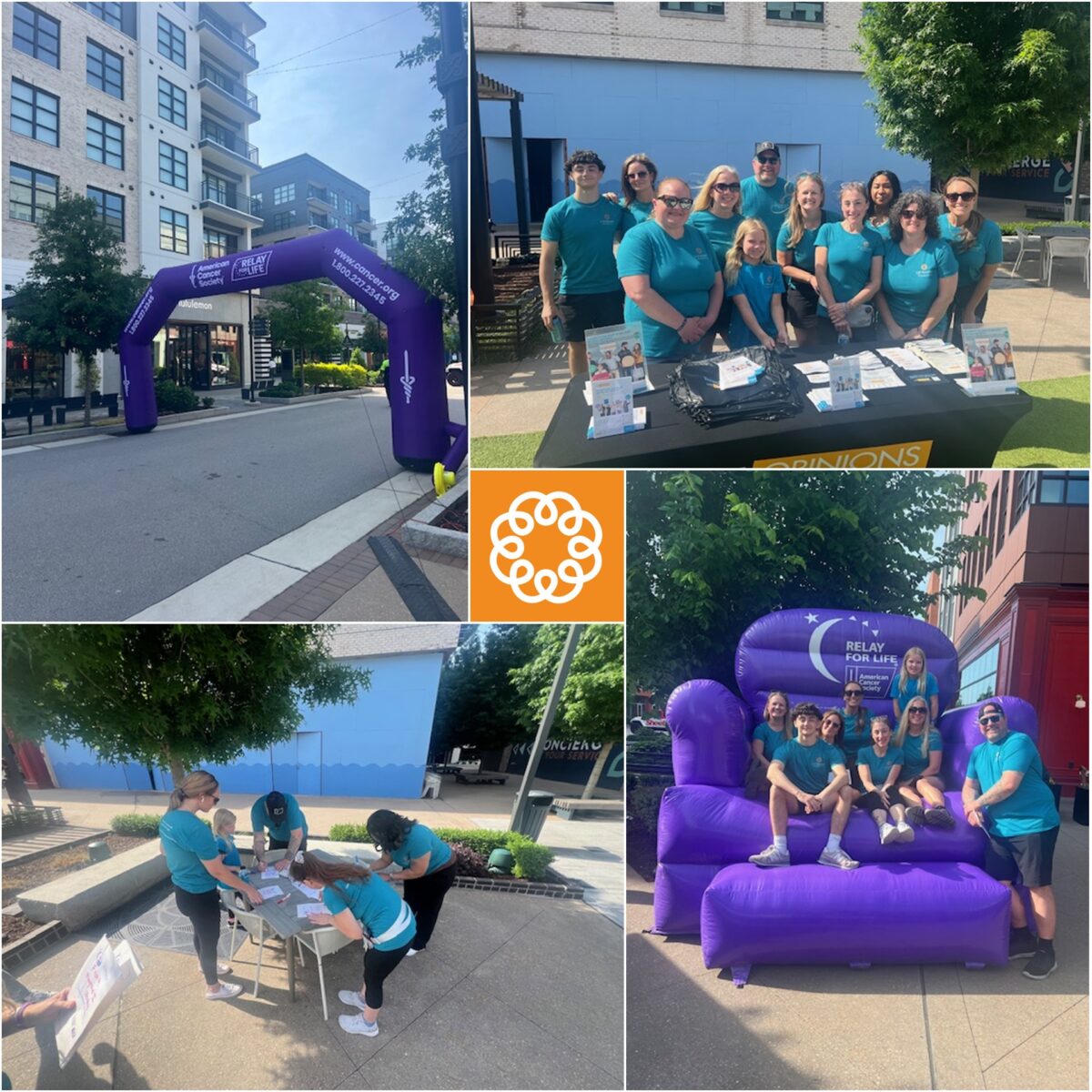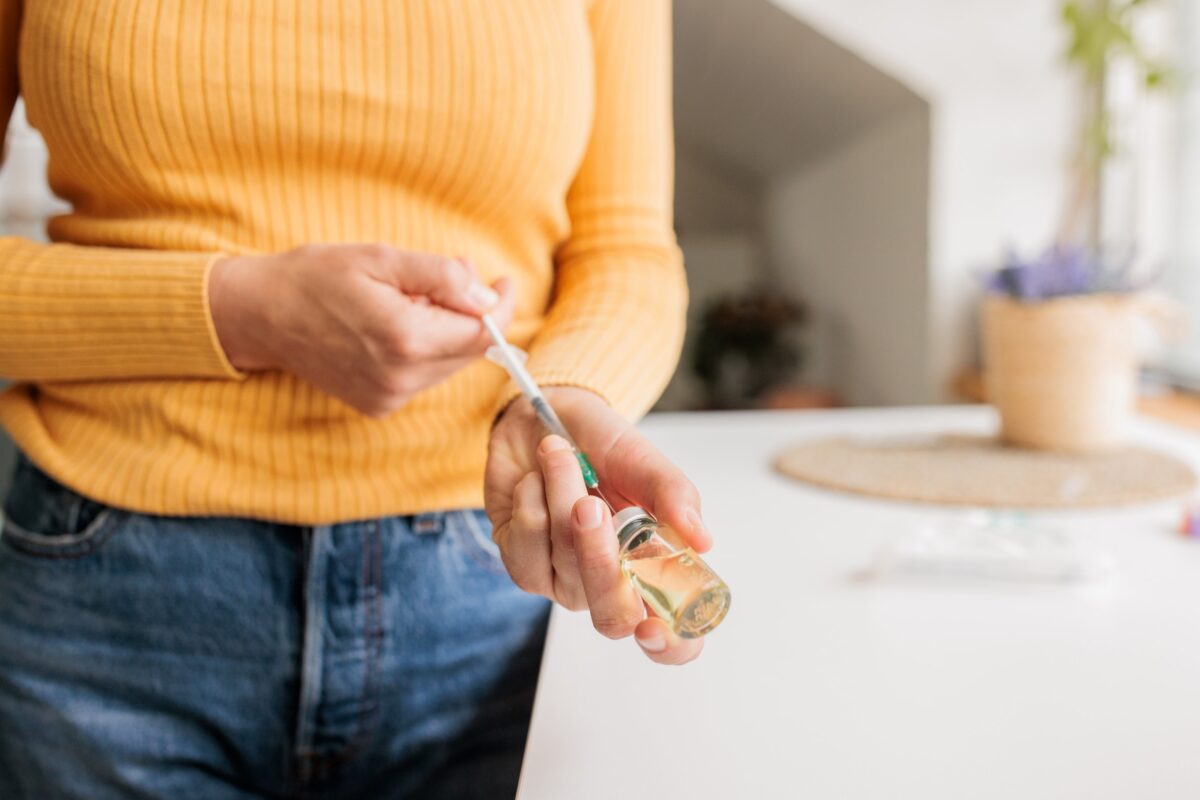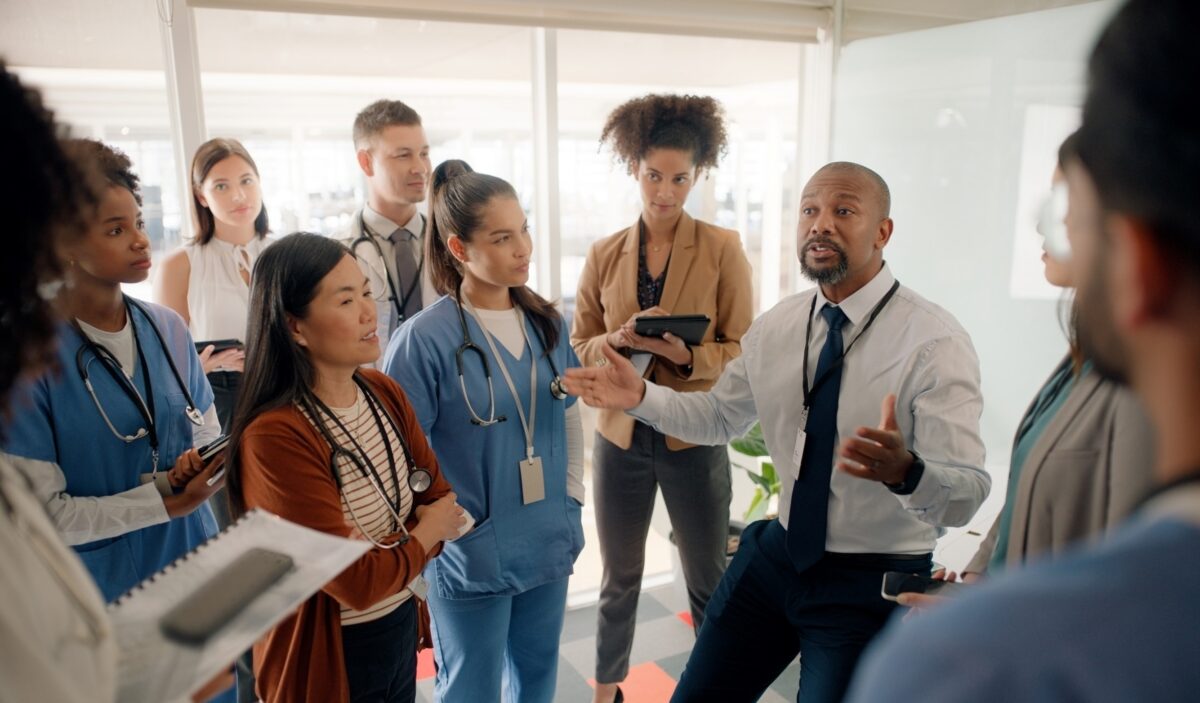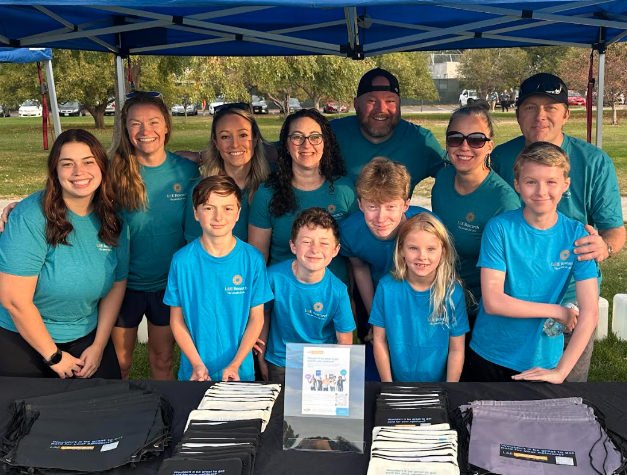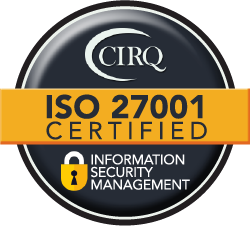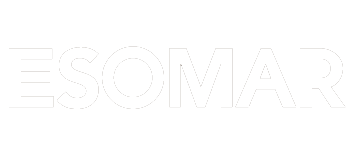Delivering on promises for User-View
The story
Human factors and design experts User-View have been a long-term partner of L&E. Human factors look at how people interact with the world around them, drawing on psychology, computer science, biomechanics, information design, engineering, and many other fields. 80% of User-View’s work is developing medical device and health IT. They work with clients to gather user, business, and technology requirements before spending resources developing and delivering a product to market. “Most of the work that we do is along the whole spectrum of user experience and human factors,” says Dr Janey Barnes, Human Factors Specialist and Principal at User-View. “For example, I help clients identify unmet needs, understand who their users are and where different applications and products are used.” To allow products to go on to full approval and launch, projects often require a niche, “hard-to-find” and “hard-to-reach” group of respondents. As a result, User-View has been relying on L&E to recruit the perfect audience to test their clients’ devices, especially during the difficult times of Covid.
Finding the perfect respondent
The key factor for User-View when hiring a recruitment partner is “can they find people who fit the criteria?”. There are different traits that User-View looks for in a respondent. Working alongside the medical device industry is often about finding a specific niche of people, for example, specialized healthcare providers or patients and caregivers of patients with rare diseases. “Especially during COVID, being able to find US healthcare providers willing to participate in studies was a challenge. Although healthcare providers were overloaded and burdened, medical device companies still needed to continue their research and development activities. Even in such challenging circumstances, L&E was still able to provide the participants that we needed to help our clients continue their work.” With qualitative research, it’s no surprise that you get the best results if you recruit people who actually want to be involved in the research – this is something L&E really helped with. “You might not want somebody who’s combative or somebody who doesn’t want to talk to you. You want people who want to be in the session, and we’re confident that L&E’s respondents will bring value to the project,” Dr Barnes adds. Finally, there are often geographical requirements. “We know that L&E are specialized in certain regions. However, we also tend to ask them for support if they have trusted partners in other regions that we can work with. We trust them, as they’d point us towards someone who is valuable for our work.”
The benefits of being predictable
After an ongoing partnership of over a decade, User-View knows the benefits of working with L&E well. “We know that L&E will be able to deliver the number of participants that they say that they’re going to deliver. There’s nothing better than that. That’s the best praise that you can give to a recruiting agency as they get you the people that they promised – and they get them on time and within budget.” As Dr Barnes says, when working across several projects in a complex industry, being able to rely on your partner is critical; “it comes to that: reliable. Everything with L&E is predictable. The process is predictable. The cost is predictable. And that helps us with all our processes.” This long-lasting trust and L&E’s ability to be predictable allow User-View to be confident with clients when planning their proposal process, giving precise timelines, and managing their expectations. “We are confident when making a commitment to a client because we already know how many days it’s going to take L&E to provide us with what we need. It makes it easy for us to manage client expectations in terms of scheduling and interactions.” Finding the right partner often brings unexpected benefits. User-View and L&E’s collaboration doesn’t only bring tangible benefits to User-View’s clients, but also to its internal team. “Because L&E is so reliable, I can be very confident for my team to gain knowledge and experience on how to deal with other partners”, Dr Barnes says. “The people on our team who are growing can become project leads. If L&E wasn’t predictable, or if we didn’t know the team, I would always have to be the person getting the quotes. But because of our relationship and thanks to their great services, I can let more junior people work with L&E as a learning experience.” There are a lot of benefits in finding the right recruitment partner, and trust is always the best starting point for a fruitful collaboration. Since User-View and L&E’s partnership started over ten years ago, they’ve been delivering high-quality work in synergy, overcoming even the toughest challenges.

